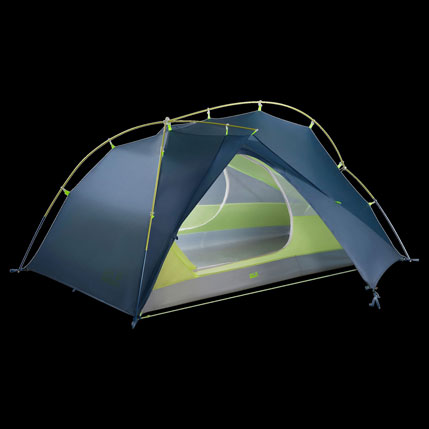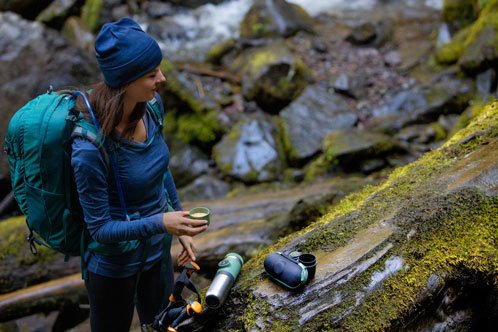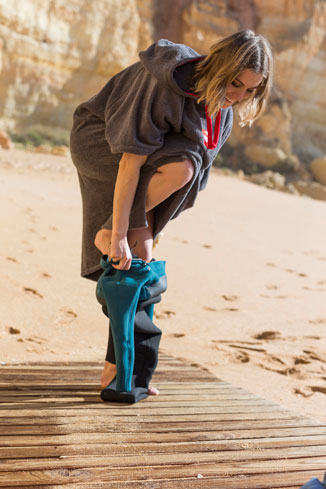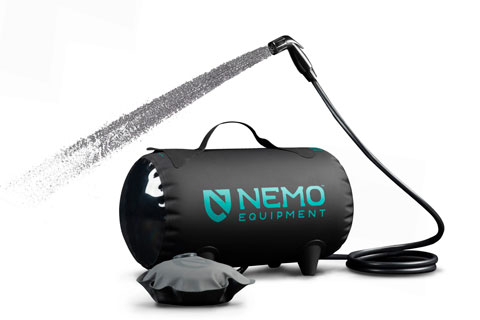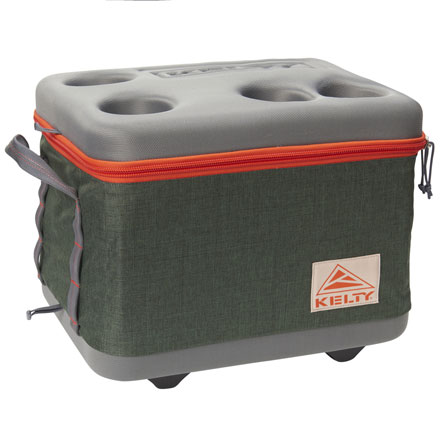As Coastguard call-outs rise, it's crucial to ensure your day trips are as safe as possible, says Prudence Wade.
Lots of us have been travelling to beaches, lakes and rivers to get some respite from the warm weather and a good day out.
Friday, July 31 saw the UK’s third hottest day on record, and it coincided with the HM Coastguard receiving 329 call-outs – the highest number in four years.
Gareth Morrison, head of water safety at the Royal National Lifeboat Institution (RNLI), says: “Our coastline is a fantastic place to spend time together as a family, especially when the sun is out and it’s hot. But there are also plenty of potential dangers, especially for those who aren’t fully aware of their surroundings and may be visiting a particular beach for the first time.”
Beach days or splashing about a picturesque lake or river make for the perfect summer activity, and there are things you can do to make sure you have a safe day out…
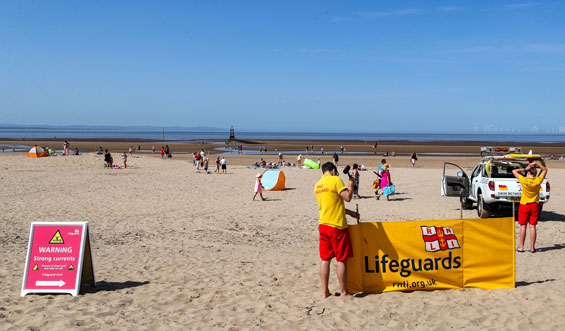
Stick to beaches with lifeguards
Morrison says the RNLI has seen an increase in rip current incidents this summer, where potentially deadly currents can drag people underwater and away from the shore. He says: “It’s important that anybody venturing in or near the sea knows not just what rip currents are, but how to react if they are caught in one, or see someone else in trouble. They are difficult to spot and even the most experienced and strongest swimmers can find themselves caught out, so it’s important where possible to use beaches that have lifeguards patrolling on them.”
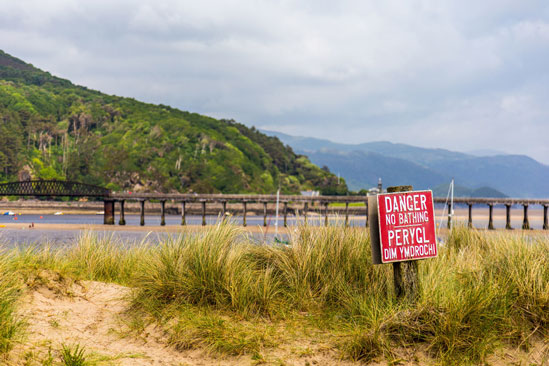
Do your research
If a beach with lifeguards isn’t possible, it’s crucial to do a bit of research beforehand – particularly when visiting somewhere for the first time. John Hibbard, CEO of inflatable paddle board company Red Paddle Co, advises you “plan your route and check the conditions, avoiding offshore winds”, while steering clear of rocky shorelines and fast flowing rivers and estuaries. Sometimes an area might look calm and safe, but you never know what strong currents are lurking underneath the surface.
It’s important to have a plan this summer, with the RNLI advising you check the weather forecast and tide times before venturing out, and reading local hazard signage when you’ve reached your destination.
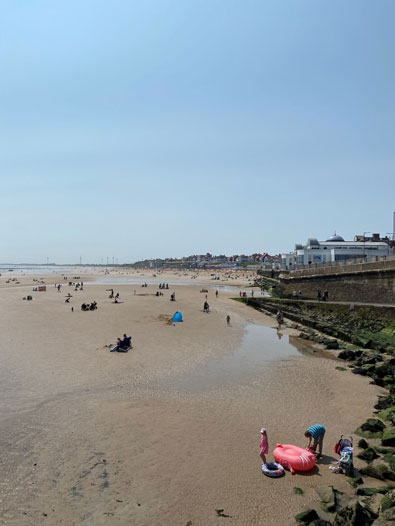
Keep family and friends in the loop
If you are going swimming, make sure you let someone know where your group is going and when you aim to be back. “Tell them what to do if you don’t return,” says Hibbard. “If you are going to be late (because you are having too much fun), make sure you tell your contact, so they don’t raise the alarm.”
The RNLI advises you don’t allow family to swim alone, and to keep a close eye on family members both on the beach and in the water.
What to do if you are in danger
If you do get caught up in rip current, the RNLI’s advice is not to swim against it – it will be too strong and you’ll tire quickly. They recommend you wade instead of swim if you can stand up, and swim parallel to the shore until you’re free of the rip and can head back. If swimming isn’t possible, the organisation’s advice is ‘float to live’, which it says you can do by “leaning back in the water, extending your arms and legs, and resisting the urge to thrash around to gain control of your breathing”.
On Friday, a 10-year-old boy survived being out in the water near Scarborough Spa for nearly an hour by following the ‘float to live’ advice, after seeing it on the BBC documentary Saving Lives At Sea.
It’s worth investing in a waterproof pouch, so you can take your phone out with you and call 999 if something goes wrong.






